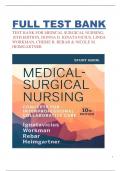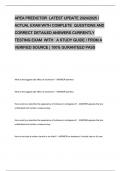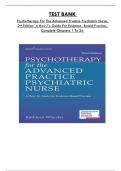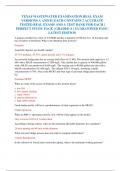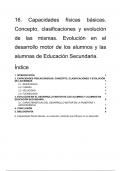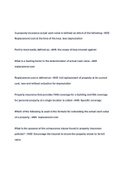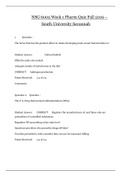Exam (elaborations)
Test Bank For Medical Surgical Nursing Concepts For Interprofessional Collaborative Care, 10th Edition, By Donna D Ignatavicius, M Linda Workman|9780323654043|All Chapters 1-74|LATEST
Test Bank For Medical Surgical Nursing Concepts For Interprofessional Collaborative Care, 10th Edition, By Donna D Ignatavicius, M Linda Workman|9780323654043|All Chapters 1-74|LATEST
[Show more]
